Home>Dining>Tableware>What Constitutes A Proper Place Setting?
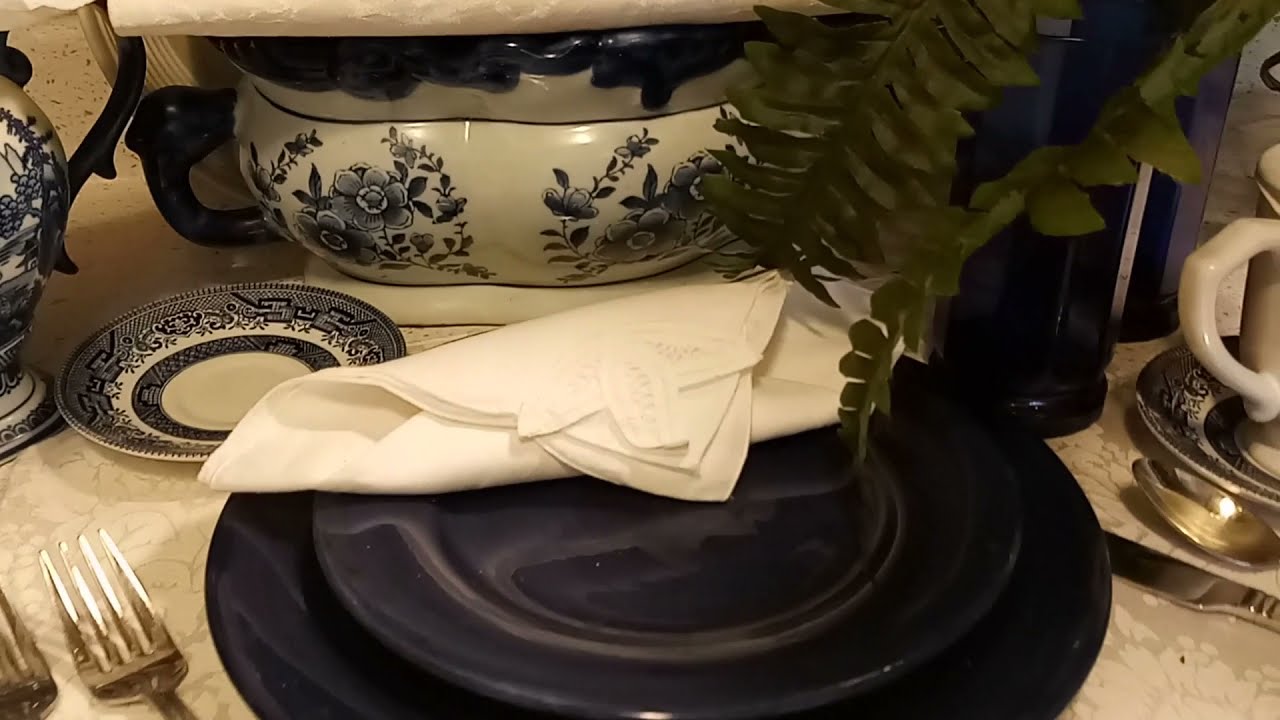

Tableware
What Constitutes A Proper Place Setting?
Modified: February 5, 2024
Learn the essentials of setting a proper table with the right tableware. Discover the key elements for creating an elegant and functional place setting.
(Many of the links in this article redirect to a specific reviewed product. Your purchase of these products through affiliate links helps to generate commission for Storables.com, at no extra cost. Learn more)
Introduction
When it comes to setting a table for a meal, there is more to it than just placing plates and cutlery. A proper place setting is essential in creating an inviting and elegant dining experience. It not only enhances the visual appeal of the table, but also ensures that each guest has everything they need within reach.
In this article, we will delve into the world of tableware and explore the key components of a proper place setting. From cutlery to dinnerware, glassware to napkins, we will cover all the essentials and even touch on optional accessories to elevate your table setting to the next level.
Whether you are hosting a formal dinner party, a casual gathering, or simply want to elevate your everyday meals, understanding what constitutes a proper place setting will undoubtedly be useful. So, let’s dive in and discover the art of setting a table!
Key Takeaways:
- A proper place setting goes beyond cutlery and dinnerware, enhancing the dining experience through organization, functionality, and aesthetics. It reflects care for guests and elevates the overall atmosphere of the meal.
- Attention to detail in cutlery placement, dinnerware selection, and optional accessories creates a visually appealing and functional table setting. It adds sophistication, personalization, and enhances the dining experience.
Read more: What Constitutes Tableware?
The Importance of a Proper Place Setting
A proper place setting is more than just a decorative arrangement on the table. It plays a crucial role in setting the tone for the meal and creating a harmonious dining experience. Here are a few reasons why a proper place setting is important:
- Etiquette: A well-set table with the appropriate placement of cutlery, dinnerware, and glassware reflects good etiquette. It shows that you have taken the time and effort to ensure each guest’s comfort and enjoyment.
- Organization: A properly set table helps to organize the dining space. Each item has its designated place, preventing any confusion or chaos during the meal. It allows guests to navigate the table effortlessly and enjoy their food without any interruptions.
- Functionality: A place setting ensures that guests have all the necessary items within reach. From the proper arrangement of cutlery for each course to the placement of glassware for different beverages, a well-set table accommodates the practical needs of the diners.
- Aesthetics: A visually pleasing table setting adds to the overall ambiance of the dining experience. Thoughtfully selected dinnerware, polished cutlery, and tasteful decorations enhance the beauty of the table and make the meal feel more special.
When hosting a formal dinner party or a family gathering, it’s important to set your table with a proper place setting, as it sets the stage for an enjoyable and memorable dining experience. Not only does this show respect for your guests, but it also elevates the overall atmosphere of the meal.
Essential Components of a Place Setting
Now that we understand the importance of a proper place setting, let’s explore the essential components that make up a well-set table:
- Cutlery: The first essential component is the cutlery. Each place setting should include a knife, fork, and spoon. The knife is placed on the right side of the plate, with its blade facing inward. The fork is placed on the left side of the plate, with its tines facing upward. The spoon is placed to the right of the knife.
- Dinnerware: The next essential component is the dinnerware. This includes the dinner plate, salad plate, and soup bowl. The dinner plate is placed at the center of the place setting. The salad plate is placed on top of the dinner plate. If serving soup, the soup bowl is placed on top of the salad plate.
- Glassware: The third essential component of table setting involves the precise placement of glassware, specifically focusing on water and wine glass placement. The water glass should be positioned above the knife, with a slight shift to the right. Adjacent to this, if wine is being served, the wine glass is placed to the right of the water glass, ensuring an elegant and functional arrangement.
- Napkins: Napkins are an important part of the place setting. They can be placed on the left side of the plate or folded neatly on the dinner plate or inside the wine glass. They should be easily accessible to guests.
- Tablecloth or Placemat: While not mandatory, a tablecloth or placemat can add an elegant touch to the table setting. If using a tablecloth, make sure it hangs evenly over the edges of the table. If using a placemat, place it directly in front of each seat.
- Centerpieces and Decorations: Adding a centerpiece or decorations to the table can enhance its visual appeal. This could be a floral arrangement, candles, or other decorative items. However, make sure that the centerpiece is not too tall, obstructing guests’ view or conversation.
- Optional Accessories: Depending on the occasion and personal preference, you may include additional accessories such as bread plates, butter knives, salt and pepper shakers, and place cards. These can further elevate the table setting and add a touch of sophistication.
These essential components work together to create a well-set table that is both functional and visually pleasing. By paying attention to these details, you can ensure that your guests have everything they need for a comfortable and enjoyable dining experience.
Cutlery
Cutlery is an essential component of a proper place setting. It includes the knives, forks, and spoons used for dining. Here are some key points to keep in mind when setting the cutlery:
- Knife: The knife is typically placed to the right of the plate. Its blade should be facing inward towards the plate. Make sure the cutting edge of the knife is aligned with the bottom edge of the plate. This placement is convenient for right-handed guests.
- Fork: The fork is usually placed on the left side of the plate. Its tines should face upward. The bottom of the fork can be aligned with the bottom edge of the knife. Alternatively, for a more formal setting, you can position the fork with its tines facing downward.
- Spoon: The spoon is placed to the right of the knife, next to the plate. Its handle should align with the knife’s handle. It is important to note that spoons are used for courses such as soup or dessert, so you may not need to include them for every meal.
- Specialty Cutlery: Depending on the occasion, you may need to include specialty cutlery. For example, if you are serving seafood, you might include a seafood fork or shellfish cracker. These specialty utensils can be placed to the right or left of the plate, as needed.
- Order of Use: When setting multiple courses, it is important to arrange the cutlery in the order they will be used. The outermost utensils should be for the first course, moving inward towards the plate with each subsequent course. This ensures that guests can easily identify which utensils to use for each course.
- Placement for Dessert: If serving dessert, consider the dessert plate placement. The dessert spoon and fork can be placed horizontally above the plate, with the spoon on top and the fork below it. Alternatively, you can bring them in with the dessert course to avoid overcrowding the table setting.
- Uniformity: It is important to maintain uniformity in the placement and alignment of the cutlery. The handles of all the utensils should be aligned to create a neat and visually appealing table setting.
Remember, the proper placement of cutlery not only adds elegance and sophistication to the table but also helps guests navigate their meal with ease. By paying attention to these details, you can create a refined dining experience that leaves a lasting impression on your guests.
Dinnerware
Dinnerware is a crucial element of a proper place setting, as it provides the foundation for the meal. It includes the plates and bowls used for serving food. Here are some key considerations when setting the dinnerware:
- Dinner Plate: The dinner plate is the main plate used for the main course. It should be placed at the center of the place setting. Its placement defines the positioning of other items on the table.
- Salad Plate: If you are serving a salad as a separate course, you can include a salad plate. It should be placed on top of the dinner plate but slightly offset to the left. This allows guests to easily access the salad without cluttering the main plate.
- Soup Bowl: If soup is part of the meal, the soup bowl can be placed on top of the salad plate. Center it on the plate to maintain symmetry. Ensure that the soup spoon is placed to the right of the soup bowl.
- Order of Use: Like with cutlery, the order of use for dinnerware follows a progressive pattern. The outermost plate is for the first course, moving inward towards the center with each subsequent course. This helps guests identify which plate to use for each course.
- Alignment and Spacing: When setting multiple plates, make sure they are aligned and spaced evenly. Each plate’s bottom edge should be aligned with the bottom edge of the plate beneath it. This creates a neat and visually appealing table setting.
- Size and Style: Choose dinnerware that suits the occasion and reflects your personal style. While traditional white plates are versatile and timeless, you can also opt for patterned or colored plates for a more eclectic or festive look. Consider the size of the plates, ensuring they are proportionate to the table and the meal being served.
- Clean and Polished: Before setting the table, ensure that the dinnerware is clean and polished. Any stains or smudges can detract from the overall presentation. Take the time to wash and dry the plates, ensuring they are spotless and ready for use.
By paying attention to these details when setting the dinnerware, you can create a stunning table setting that showcases the beauty of the food and enhances the dining experience for your guests.
Glassware
Glassware is an essential component of a proper place setting, as it provides the vessels for serving beverages. Here are some key points to consider when setting the glassware:
- Water Glass: The water glass is a staple in any table setting. It is placed above the knife, slightly to the right. The size of the water glass can vary, but it should be chosen based on the overall size of the table and the formality of the occasion.
- Wine Glass: If you are serving wine, you can include wine glasses in your place setting. The wine glasses are placed to the right of the water glass. The appropriate wine glass will depend on the type of wine you are serving. Generally, for red wine, a larger round-shaped glass is preferred, while for white wine, a smaller tulip-shaped glass is recommended.
- Champagne Flute: For special occasions or to celebrate with a glass of champagne, you can include champagne flutes in the place setting. The champagne flute is placed to the right of the wine glass if serving both wine and champagne.
- Alignment: When setting multiple glassware, make sure they are aligned and evenly spaced. The rims of the glasses should be even, creating a symmetrical and aesthetically pleasing table setting.
- Specialty Glassware: Depending on the occasion, you may opt to include specialty glassware such as martini glasses, highball glasses, or whiskey glasses. These can be placed to the right or left of the water glass, depending on the arrangement of the other glassware.
- Placement: The spacing between the glassware should allow guests to easily access each vessel without interference. Avoid overcrowding the table by including only the necessary glassware for the beverages being served.
- Clean and Clear: Before setting the glassware, ensure that they are clean and free from any smudges or residue. The clarity of the glass adds to the overall presentation and sophistication of the table setting.
By incorporating glassware into your place setting, you offer guests the opportunity to enjoy their chosen beverages with style and elegance. Paying attention to detail in the arrangement and cleanliness of the glassware adds a touch of refinement to the dining experience.
When setting a proper place setting, remember that the forks go on the left, and the knives and spoons go on the right. The blade of the knife should always face the plate.
Napkins
Napkins are an important component of a proper place setting, serving both practical and decorative purposes. Here are some key points to consider when setting the napkins:
- Placement: Napkins can be placed in various ways, depending on your preference and the formality of the occasion. They can be folded neatly and placed on the left side of the plate or artistically displayed on top of the dinner plate or inside the wine glass.
- Fabric Selection: Choose napkins made of high-quality fabric that matches the overall style and theme of the table setting. Cloth napkins are more formal and elegant, while paper napkins can be used for more casual or outdoor settings.
- Napkin Rings or Folds: To add a touch of elegance, consider using napkin rings or folding the napkins into decorative shapes. Napkin rings can be made of various materials such as metal, wood, or fabric and can be matched to the overall table decor. Fancy folds like the envelope fold or the pyramid fold can also create a visually appealing presentation.
- Practicality: Napkins should be easily accessible to guests. Ensure that they are within reach and placed in a way that allows diners to easily pick them up without causing disruption to the table setting. Guests can easily unfold their napkins and place them on their laps once seated.
- Individual or Shared: Consider whether you want to provide each guest with a separate napkin or if you prefer a shared napkin in the center of the table. Individual napkins give a sense of personalization, while a shared napkin can create a communal dining experience.
- Matching or Contrasting: The color and design of the napkins can either match or contrast with the rest of the table setting. Matching napkins can create a cohesive and sophisticated look, while contrasting napkins can add a pop of color and visual interest.
- Keep Extras Handy: Keep extra napkins readily available in case guests need replacements or for any spills or accidents that may occur during the meal. This ensures that guests can easily clean themselves up without any inconvenience.
Napkins not only serve a practical purpose but also add elegance and style to the table setting. By paying attention to their placement, fabric choice, and overall presentation, you can enhance the dining experience and leave a lasting impression on your guests.
Tablecloth or Placemat
The use of a tablecloth or placemat can elevate the overall appearance and functionality of a proper place setting. Here are some considerations when deciding between a tablecloth or a placemat:
- Tablecloth: A tablecloth covers the entire surface of the table, providing a clean and elegant backdrop for the table setting. Here are a few things to keep in mind when choosing and using a tablecloth:
- Select the appropriate size: Ensure that the tablecloth is long enough to drape over the edges of the table, providing an aesthetically pleasing look.
- Fabric selection: Choose a fabric that complements the occasion and overall theme of the table setting. For more formal occasions, opt for high-quality fabrics like linen or cotton. For casual gatherings, a durable and easily washable fabric like polyester can be more practical.
- Maintenance: Take care of your tablecloth by following the care instructions provided by the manufacturer. Proper laundering, ironing, and storage will help maintain the quality and appearance of the tablecloth.
- Placemat: A placemat is a smaller, individual mat that is placed directly in front of each seat. It serves both a practical and decorative purpose, protecting the table surface and enhancing the visual appeal of the place setting. Consider the following when using placemats:
- Material choice: Placemats are available in various materials such as cloth, vinyl, bamboo, or woven fabric. Choose a material that coordinates with your tableware and complements the overall style and theme of the table setting.
- Shape and size: Placemats come in different shapes, including rectangular, square, or rounded. Select a shape and size that fits well with your table and the size of your plates and cutlery.
- Easy maintenance: Placemats are generally easy to clean. Wipe them with a damp cloth or wash them according to the manufacturer’s instructions.
- Considerations: Whether you choose a tablecloth or placemat, there are a few additional factors to consider:
- Table size: Ensure that the tablecloth or placemat fits well on the table without excessive overhang or crowding.
- Table decor: Coordinate the color, pattern, or texture of the tablecloth or placemat with the rest of the table decor to create a cohesive and visually appealing look.
- Occasion and formality: The choice between a tablecloth and placemat may depend on the formality of the occasion. Tablecloths are typically used for more formal settings, while placemats can be suitable for both casual and formal gatherings.
Whether you opt for a tablecloth or placemat, the choice should reflect your personal style and enhance the dining experience. Consider the occasion, formality, and overall table decor to select the perfect option for your proper place setting.
Centerpieces and Decorations
The use of centerpieces and decorations can greatly enhance the visual appeal and ambiance of a table setting. Here are some considerations when incorporating centerpieces and decorations into your proper place setting:
- Theme and Style: Determine the theme and style of your table setting, whether it’s formal, casual, seasonal, or a specific event or celebration. The centerpieces and decorations should complement and enhance this theme and style.
- Size and Scale: Consider the size of your table and the number of guests when choosing your centerpieces and decorations. They should be appropriately sized to ensure they do not overcrowd or obscure the view of guests across the table.
- Height and Placement: Ensure that your centerpieces are not too tall, obstructing guests’ view or conversation. Opt for low or medium-height arrangements that allow for easy interaction and conversation among guests. Place the centerpiece in the center of the table, aligning it with the overall symmetry of the table setting.
- Floral Arrangements: Fresh flowers are a popular choice for centerpieces, adding color, fragrance, and elegance to the table. Choose flowers that complement your color palette and consider the height and size of the arrangement. Use vases or containers that suit the style of your table setting.
- Candles and Lighting: Candles create a warm and inviting atmosphere for a meal. Consider incorporating candlesticks or tealights as part of your centerpiece. Ensure that the candles are safely secured and that their height does not obstruct guests’ line of sight. Opt for unscented candles to avoid conflicting aromas with the food.
- Personalization: Add personal touches to your table by including decor items that reflect your personality or the occasion. This can include place cards, small mementos, or themed decorations that create a unique and memorable experience for your guests.
- Seasonal Elements: Embrace the seasons by incorporating seasonal elements into your centerpieces and decorations. This can include autumn leaves, pinecones, or berries for fall, or fresh flowers and vibrant colors for spring and summer.
- Table Runner or Tablecloth: Consider adding a table runner or overlaying a contrasting tablecloth to accentuate the centerpiece and tie the entire table setting together. The choice of fabric and pattern should complement the overall decor and theme.
- Avoid Clutter: While decorations can enhance the table setting, it’s important to exercise restraint and avoid overwhelming the table with excessive clutter. A well-balanced and thoughtfully curated selection of centerpieces and decorations will have a more elegant and impactful effect.
By carefully choosing and arranging centerpieces and decorations, you can create a visually stunning table setting that reflects your style, enhances the dining experience, and leaves a lasting impression on your guests.
Optional Accessories
In addition to the essential components of a place setting, there are optional accessories that you can consider to further elevate your table setting. These accessories can add a touch of sophistication, personalization, or practicality to your dining experience. Here are a few optional accessories to consider:
- Bread Plates: Bread plates can be placed to the left of the main dinner plate. These smaller plates are used for holding bread or rolls during the meal. They provide a designated space for serving bread and help keep the dining area tidy.
- Butter Knives: If you’re serving butter alongside bread or rolls, you can provide a butter knife. Place it horizontally across the bread plate or provide a separate butter dish.
- Salt and Pepper Shakers: Salt and pepper shakers are common table accessories. You can choose decorative shakers that match the overall theme or style of your table setting. Place them strategically within easy reach of your guests.
- Place Cards: Place cards are a thoughtful addition for formal dinners or larger gatherings where assigned seating is necessary. They can be used to indicate where each guest should be seated and add a touch of elegance and organization to the table.
- Menu Cards: Menu cards are another optional accessory for formal or special occasions. They provide a printed menu detailing the courses and dishes to be served. Menu cards can be placed at each individual’s place setting or displayed in a common area for all guests to see.
- Wine Bottle Coasters: Wine bottle coasters can be used to protect the tablecloth or placemat from any dripping or condensation from wine bottles. These small accessories provide an added layer of practicality and elegance to your table setting.
- Additional Decorations: Depending on the occasion or personal preference, you may choose to include additional decorative items such as small figurines, seasonal accents, or themed ornaments. These accessories can further enhance the overall aesthetic and create a memorable dining experience.
Remember, while optional accessories can enhance your table setting, it’s important to maintain balance and not overcrowd the table. Choose accessories that serve a purpose, reflect the occasion, and align with your personal style.
By carefully selecting and incorporating optional accessories, you can create a table setting that is not only visually appealing but also functional and thoughtful, adding an extra layer of sophistication and personalization to your dining experience.
Conclusion
Setting a proper place setting is more than just arranging cutlery and dinnerware on a table. It is an art that involves attention to detail, creativity, and consideration for your guests. A well-set table enhances the dining experience, creates a harmonious atmosphere, and reflects your care and hospitality.
In this article, we explored the essential components of a proper place setting. We discussed the importance of cutlery, dinnerware, glassware, napkins, tablecloths or placemats, centerpieces, and optional accessories. Each component plays a role in creating a visually appealing table and ensuring the practicality and comfort of your guests.
When setting a table, remember to pay attention to the placement and alignment of cutlery, select dinnerware and glassware appropriate for the occasion, and choose napkins and tablecloths that complement the overall style. Adding centerpieces and optional accessories can further enhance the table setting, making it more personalized and aesthetically pleasing.
Whether you’re hosting a formal dinner party, a casual gathering, or simply enjoying a meal with your family, taking the time to set a proper table adds a touch of elegance and elevates the overall dining experience. It shows your guests that you value their presence and care about creating a memorable occasion.
So, the next time you prepare to host a meal, remember the art of setting a proper place setting. Create an inviting atmosphere, pay attention to the details, and let your table be a reflection of your hospitality and style. Your guests will surely appreciate the effort and enjoy a dining experience that is not only delicious but also visually stunning.
Frequently Asked Questions about What Constitutes A Proper Place Setting?
Was this page helpful?
At Storables.com, we guarantee accurate and reliable information. Our content, validated by Expert Board Contributors, is crafted following stringent Editorial Policies. We're committed to providing you with well-researched, expert-backed insights for all your informational needs.
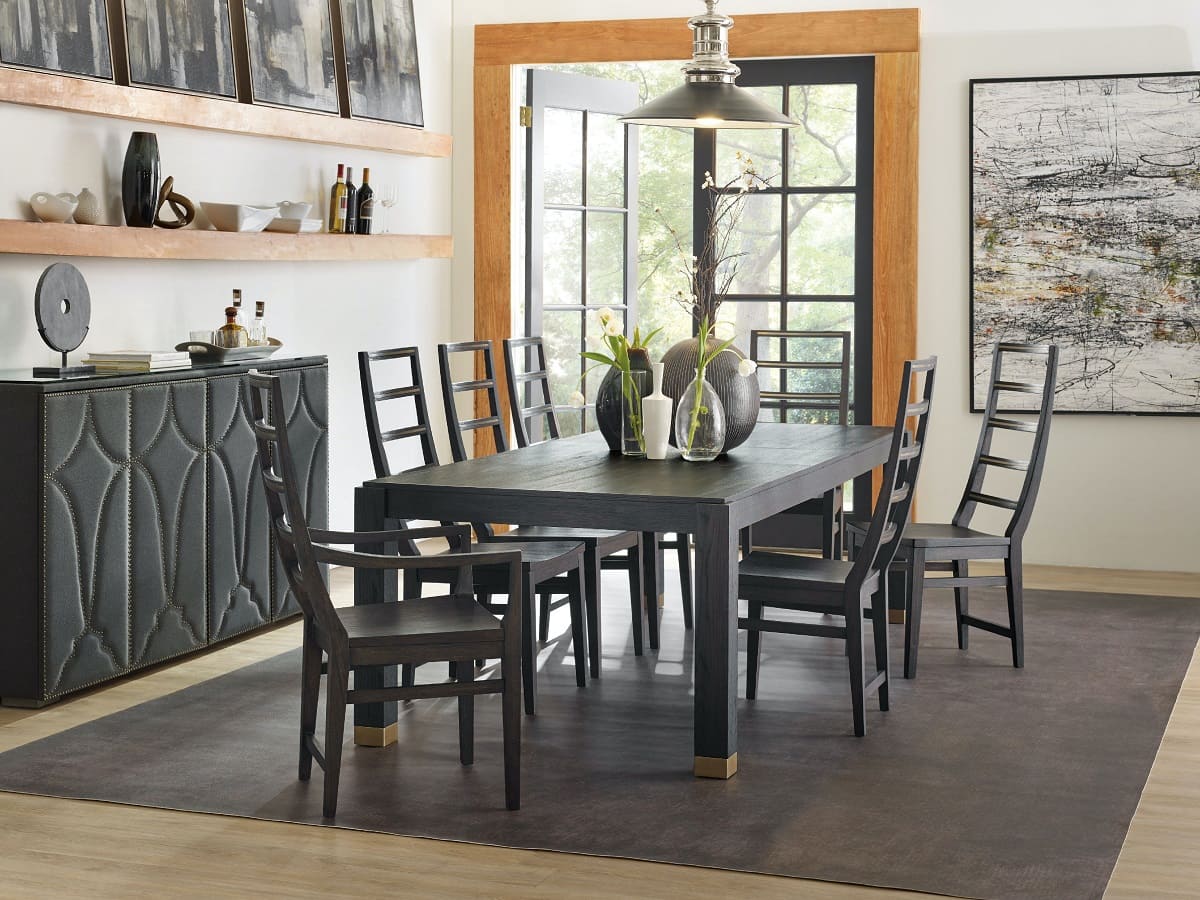
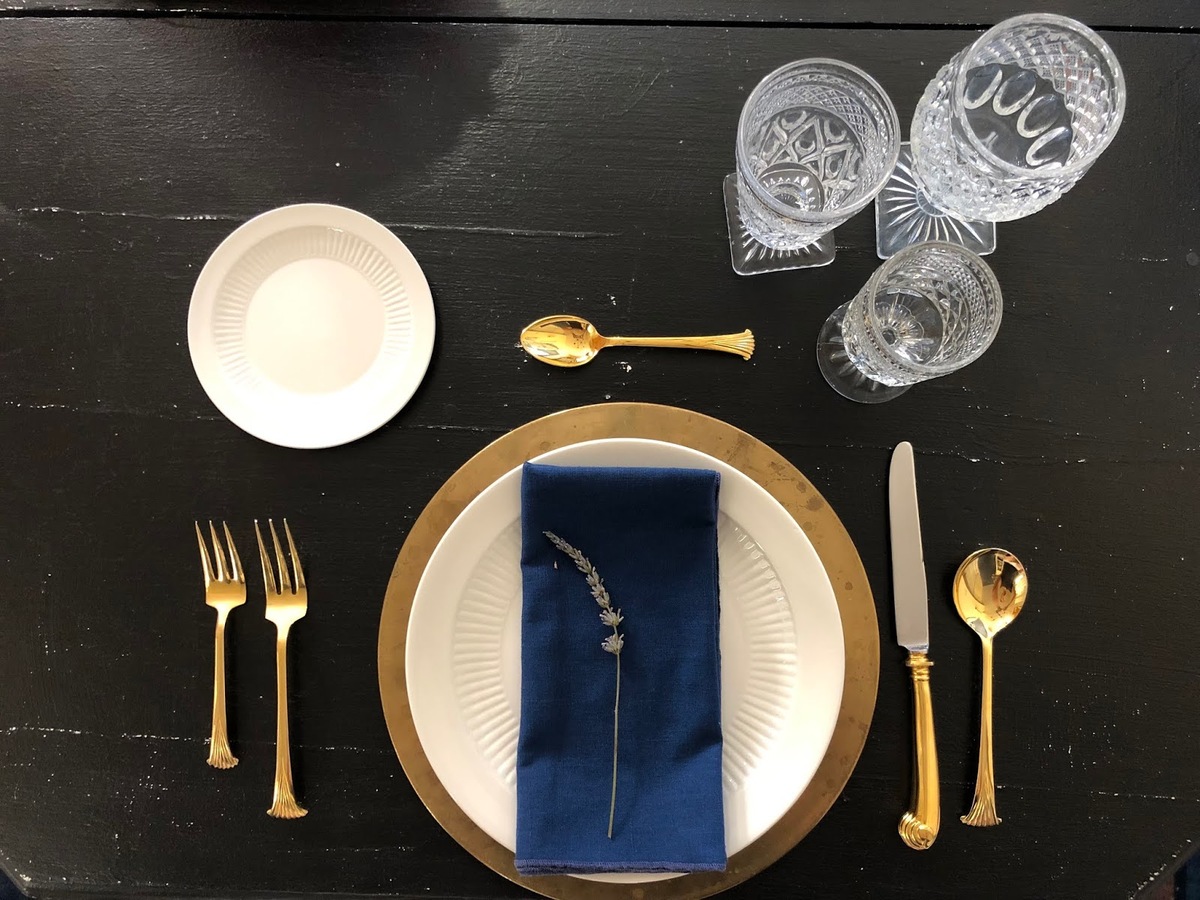
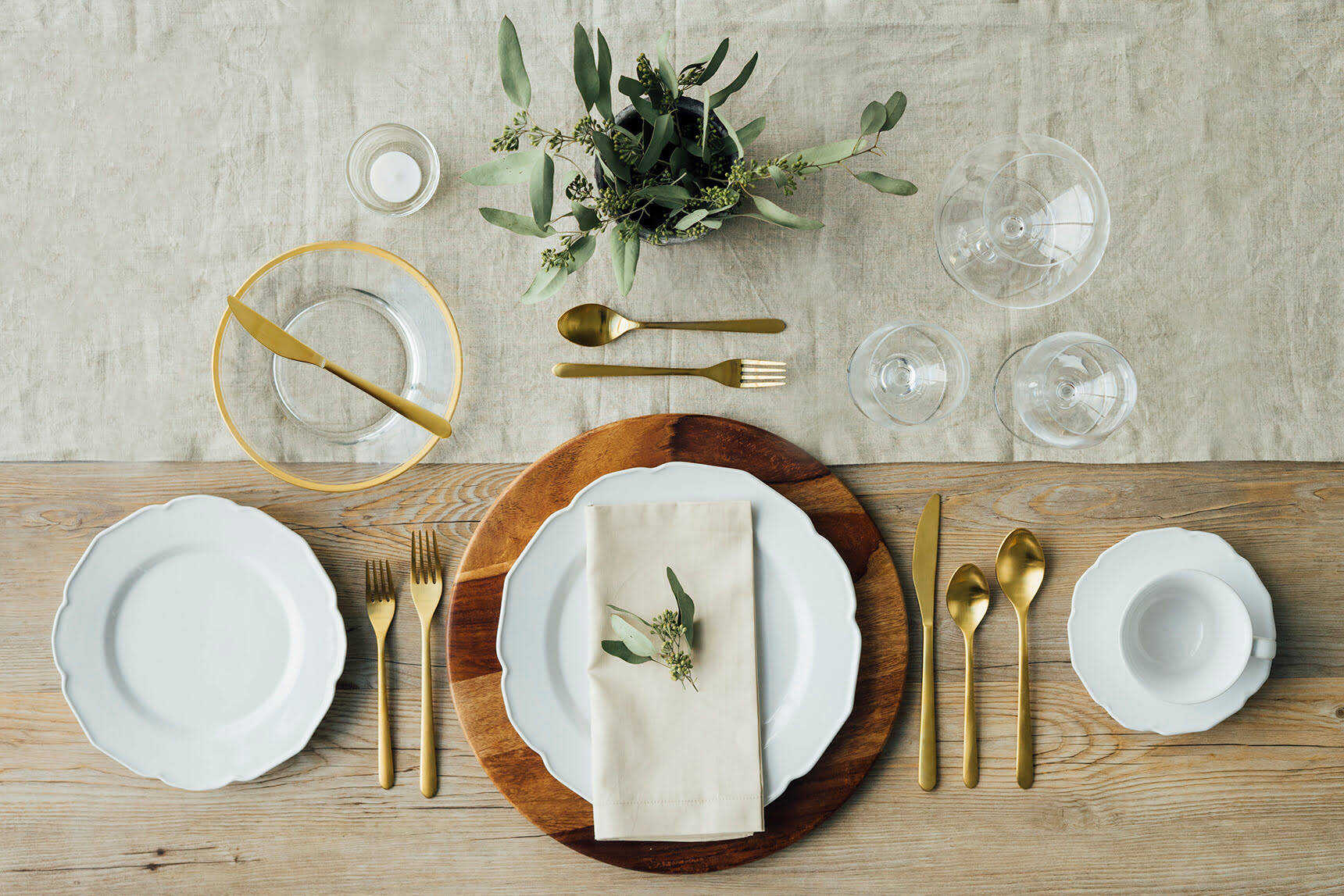
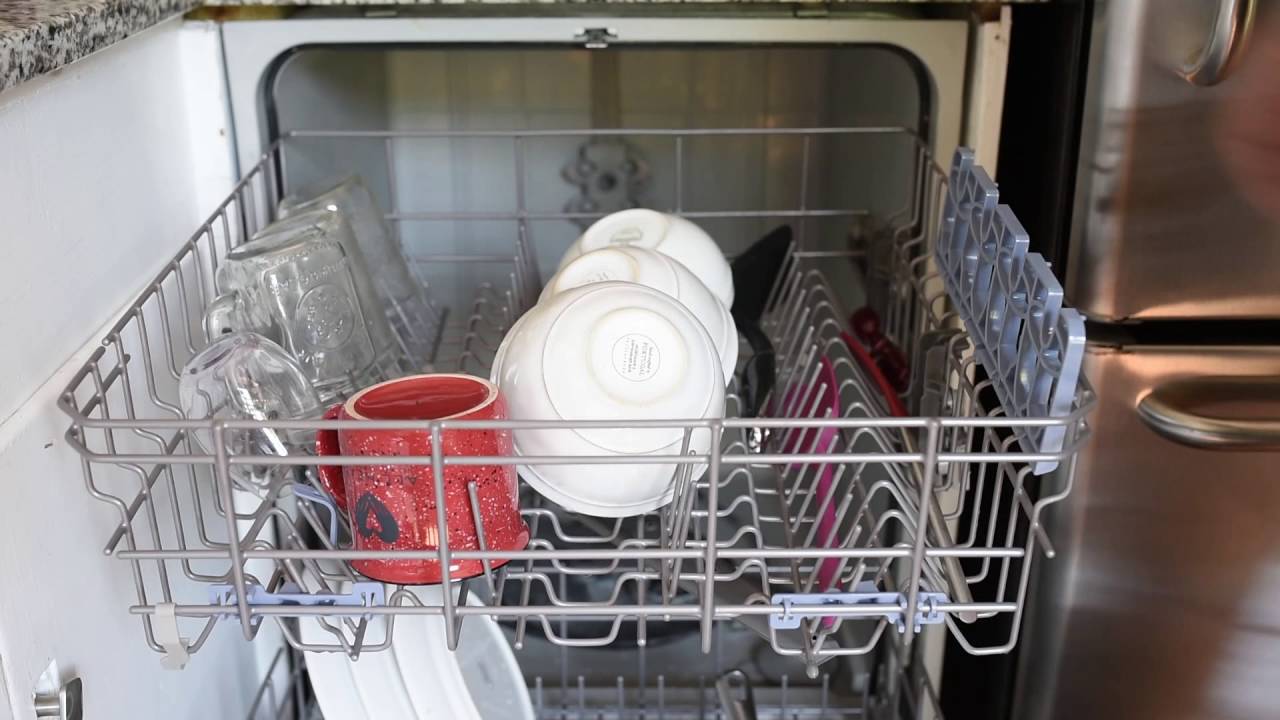
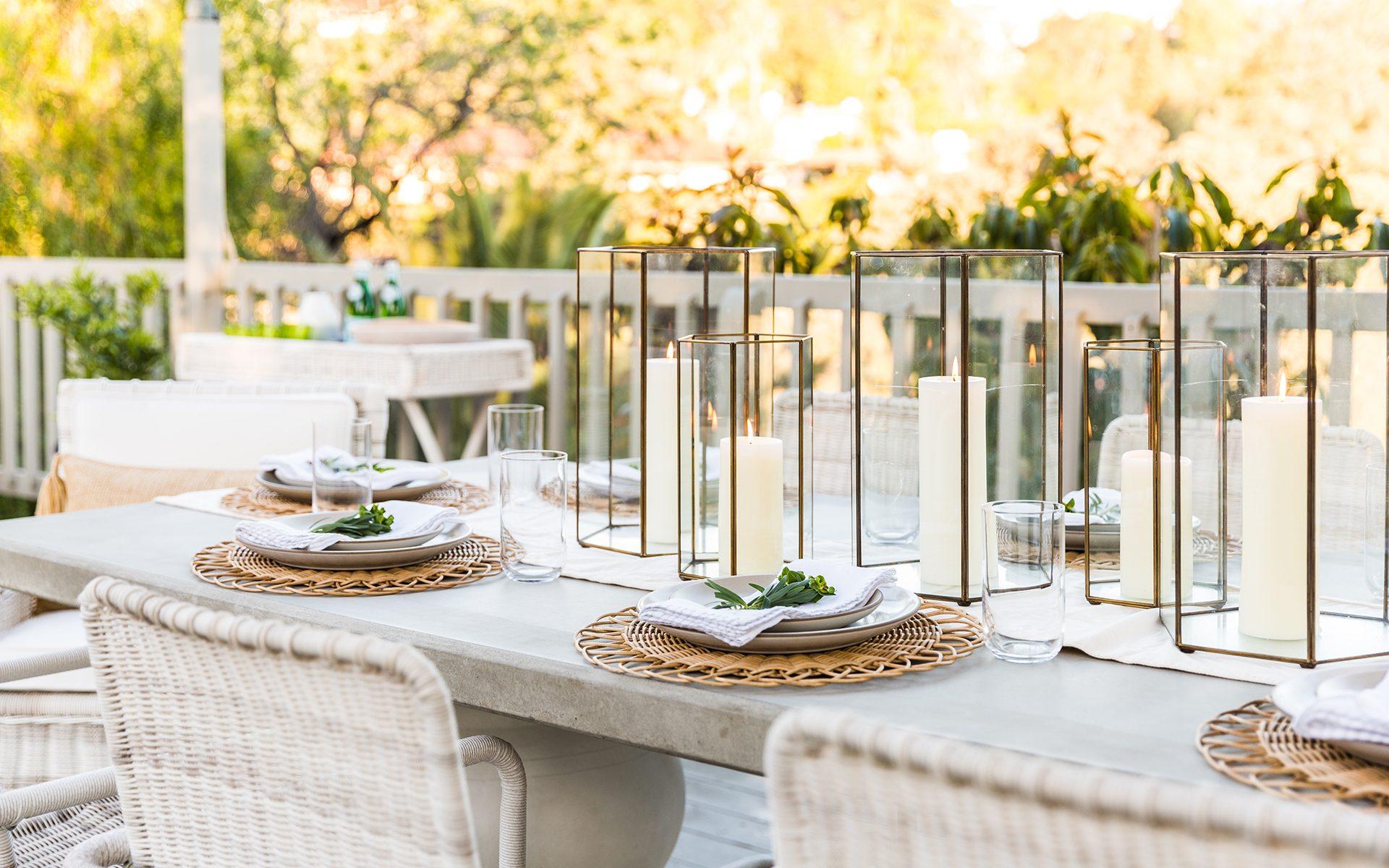
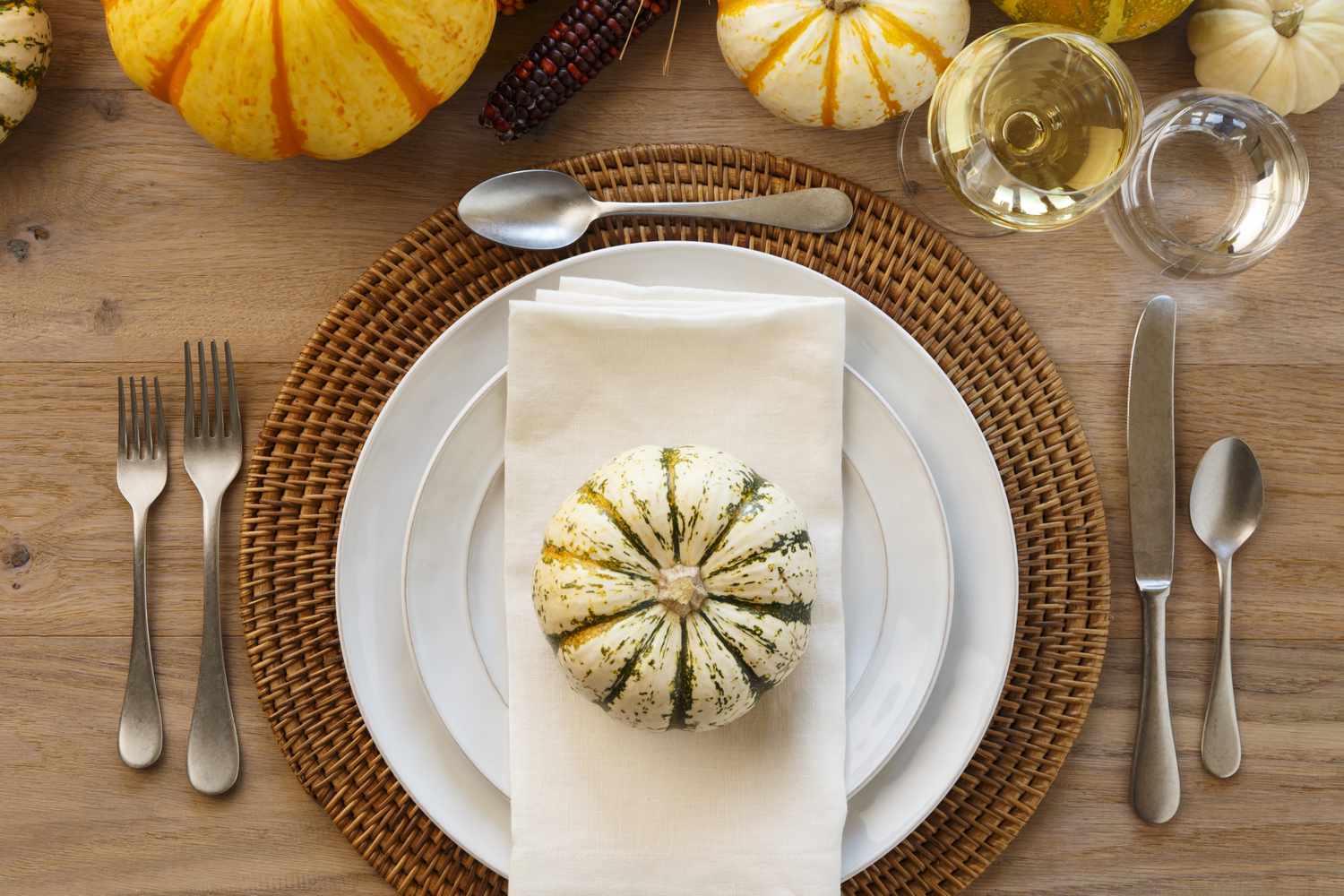
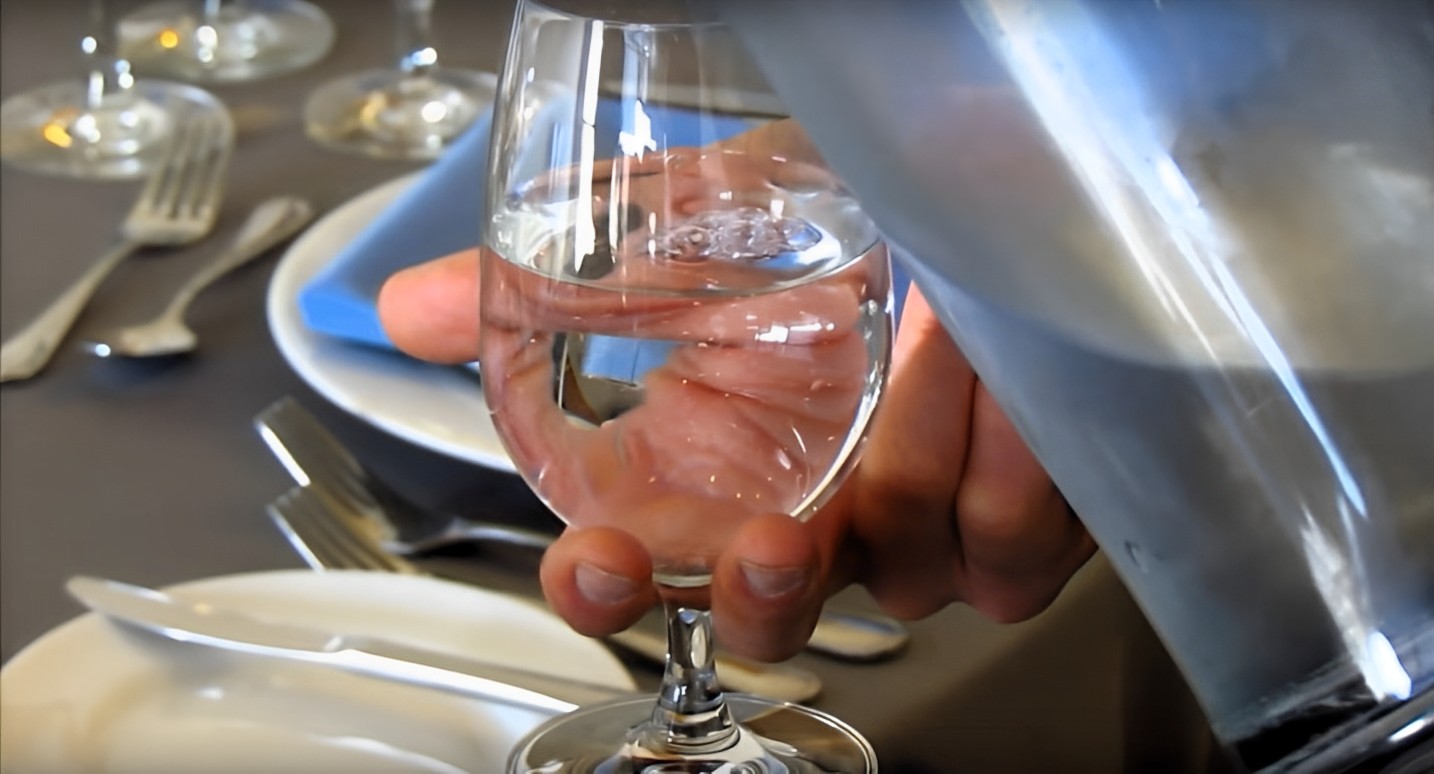
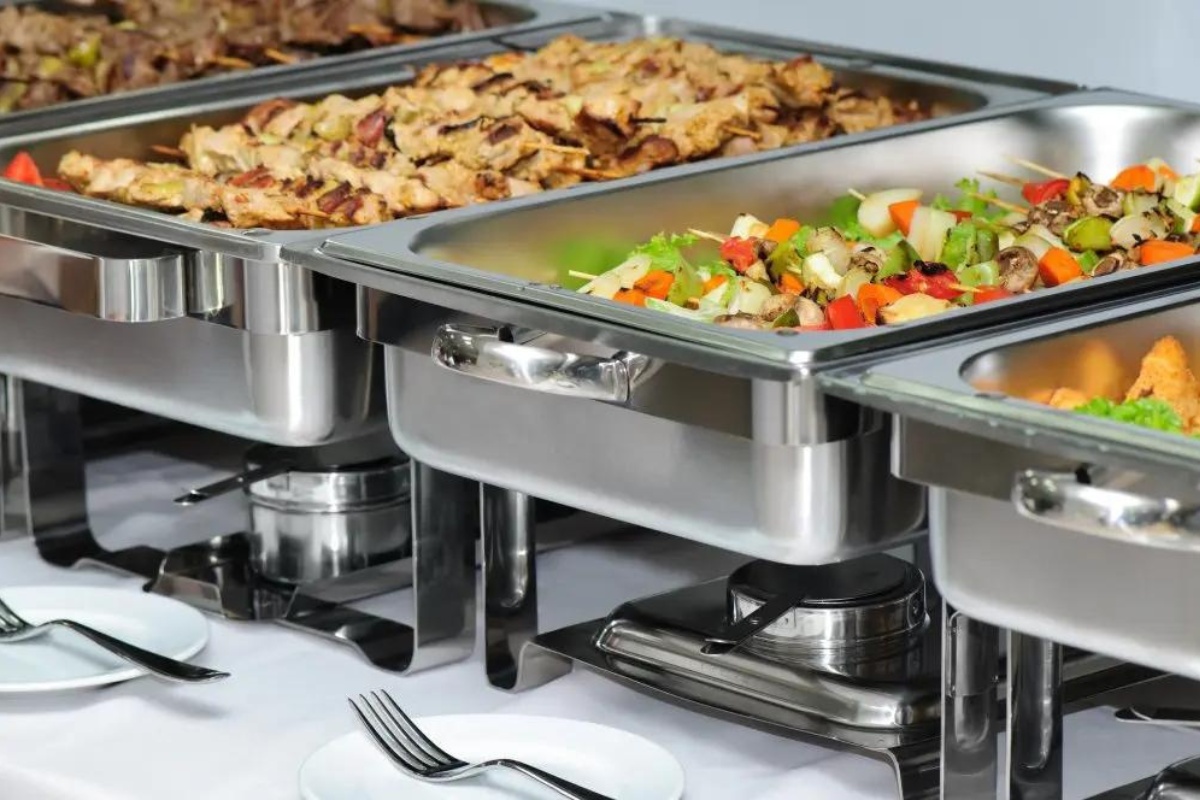
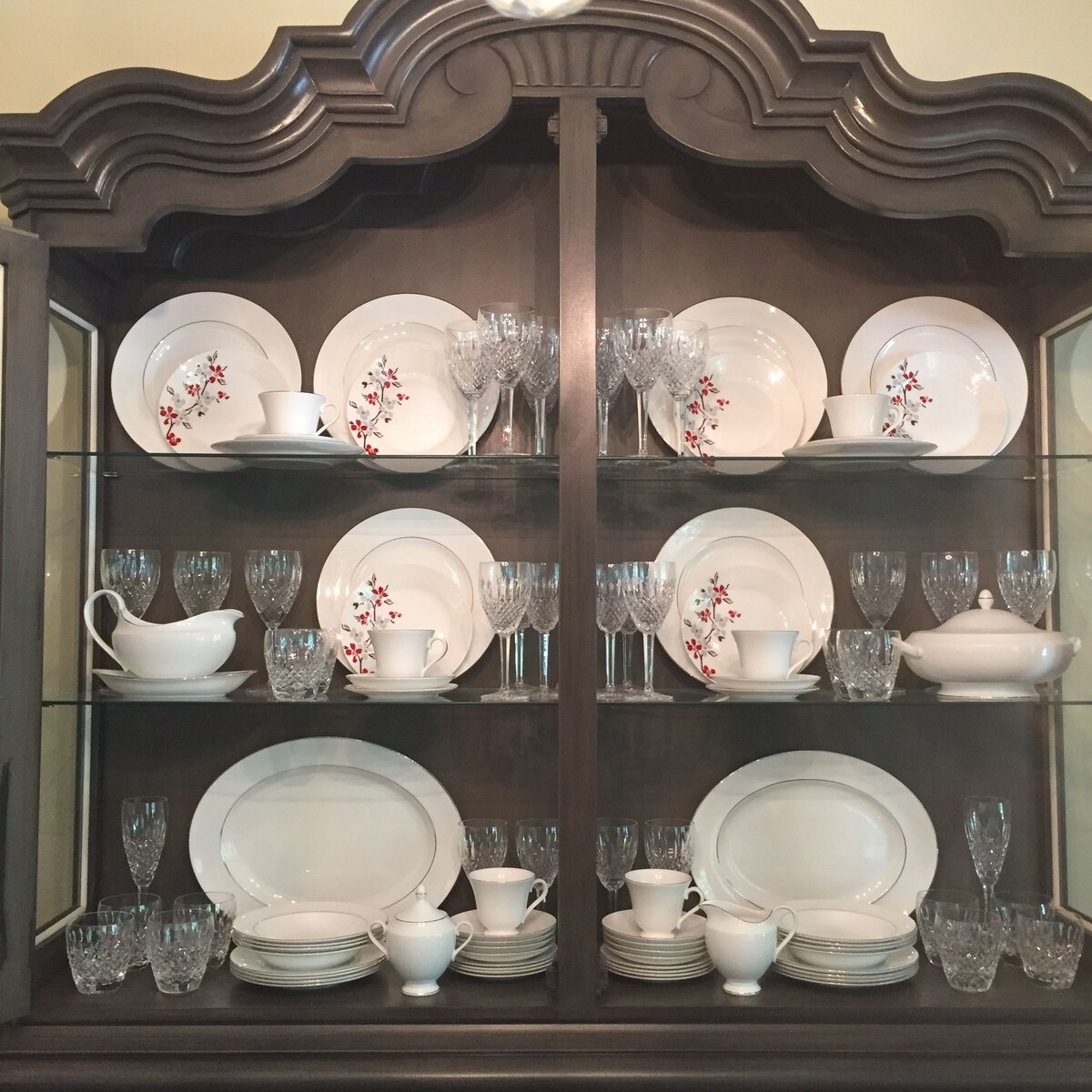

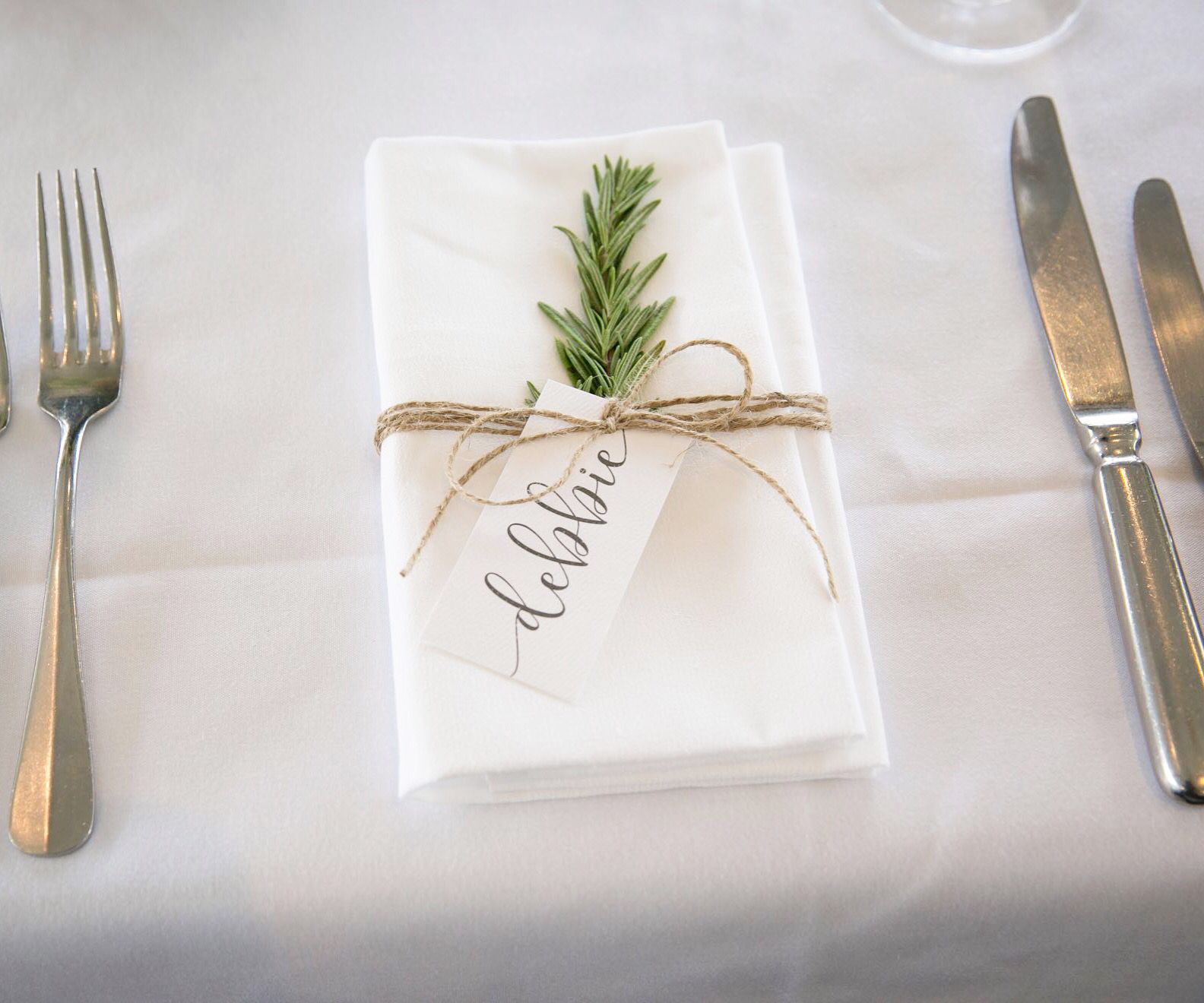
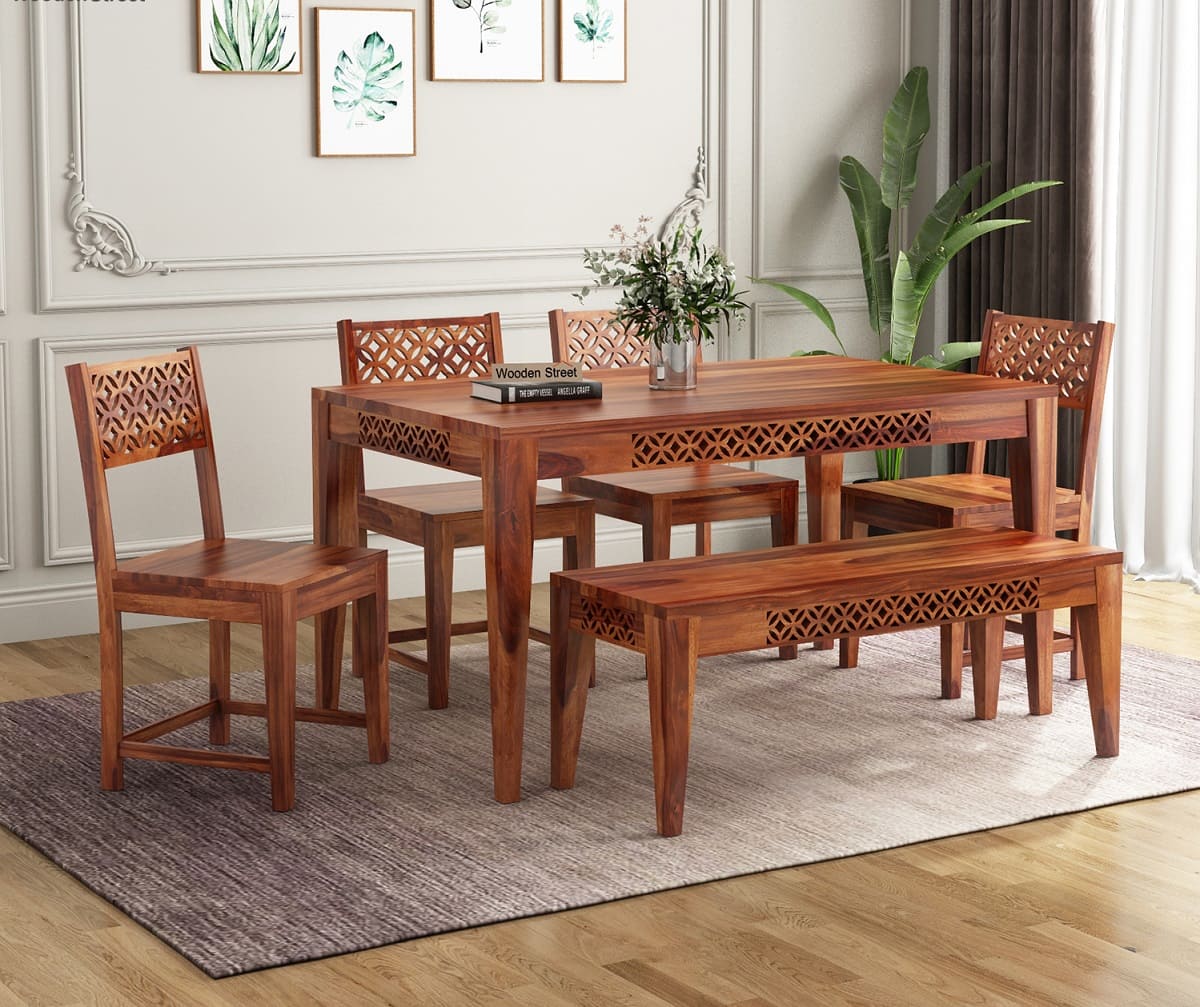
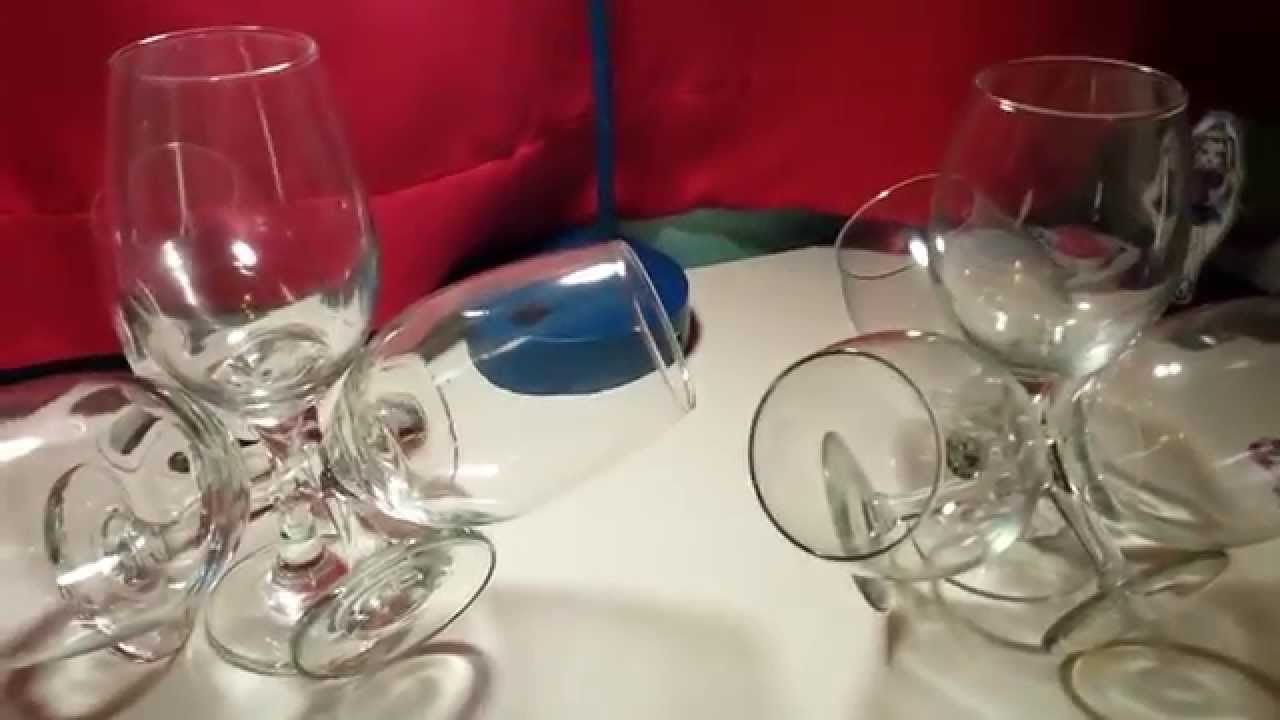

0 thoughts on “What Constitutes A Proper Place Setting?”